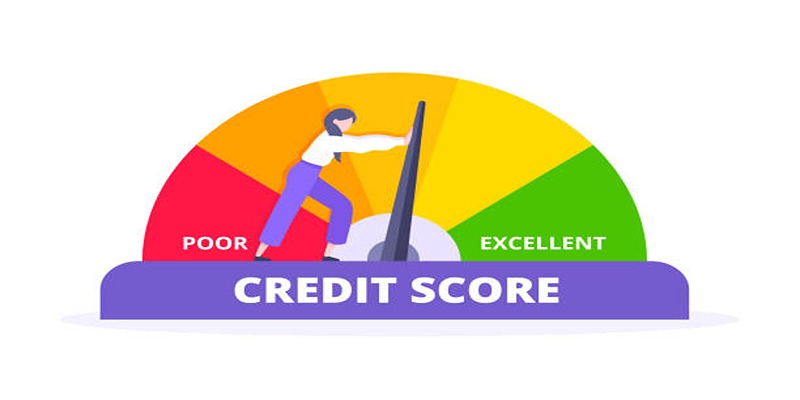The financial stability of banks is paramount to the overall health of the economy, and credit ratings serve as essential indicators of this stability. Recent downgrades in the credit ratings of ten major U.S. banks have sparked considerable concern among investors, stakeholders, and policy makers alike. These lowered ratings can have far-reaching implications, affecting not only the borrowing costs of these institutions but also the confidence of consumers and businesses who rely on them. This document aims to explore the multifaceted financial repercussions that accompany a downgrade, including shifts in market behavior, changes in lending practices, and potential ripple effects across the broader economy. Understanding these implications is crucial for navigating the complex landscape of financial risk and stability in the banking sector.

Before delving into the specifics of the financial implications of lowered credit ratings, it is important to understand which banks have been affected. As of 2021, the following ten major U.S. banks have had their credit ratings downgraded by at least one major rating agency:
These banks vary in size and scope, with some being regional institutions while others operate nationally. However, they all play a significant role in the U.S. banking landscape, making the downgrades of their credit ratings a matter of great concern.
The most obvious immediate impact of a lowered credit rating is an increase in borrowing costs for the affected institution. This can be seen in the form of higher interest rates on loans and other forms of credit, as well as more stringent lending requirements. As a result, these banks may have to turn to alternative sources of funding, such as issuing bonds or seeking out private investors, which can come with its own set of challenges.
Additionally, a downgrade in credit rating can also lead to a decrease in investor confidence and a potential decline in stock prices. This could result in lower market capitalization for the affected banks, making it more difficult for them to raise capital or make future investments.
While the immediate financial implications of a lowered credit rating may be concerning, the long-term consequences can be even more significant. The downgrades could potentially lead to higher funding costs for these banks, making it more difficult for them to remain competitive in the market. This could result in a decline in business and profits, which could then impact their ability to repay debts and maintain solvency.
The lowered credit ratings could also have a ripple effect on other aspects of the economy. For example, these banks may become more risk-averse in their lending practices, leading to reduced access to credit for consumers and businesses. This can ultimately slow down economic growth and potentially lead to job losses.
In addition to the financial implications, lowered credit ratings can also bring about heightened regulatory and compliance pressures for banks. This may include increased scrutiny from regulators, stricter oversight of risk management practices, and potentially even restrictions on certain activities or operations. These added compliance costs can further strain the financial resources of already struggling institutions.
The downgrades of these ten major U.S. banks' credit ratings also have implications for the broader banking sector. The lowered ratings could potentially cause a cascading effect, with other financial institutions experiencing downgrades as well due to their interconnectedness and reliance on each other's stability.
The regulatory landscape for the banking industry may also shift in response to these downgrades. Regulators may impose stricter regulations or require additional capital to be held by banks, which could impact their profitability and performance.

In response to the lowered credit ratings, banks may take various strategic measures to mitigate the financial consequences. This can include reassessing their risk management practices, diversifying their funding sources, and implementing cost-cutting measures.
Some banks may also seek out potential mergers and acquisitions as a way to improve their financial stability. However, this could come with its own set of challenges and may not be feasible for all institutions.
While the lowered credit ratings may have significant financial implications, it is not a death sentence for these banks. With strategic responses and proactive measures, they can work towards recovering their credit ratings and regaining investor confidence.
One crucial step towards recovery is improving their financial performance and demonstrating their ability to manage risk effectively. This can be achieved through sound business strategies, strong leadership, and transparent communication with stakeholders.
Ultimately, the recovery of these banks' credit ratings will rely heavily on restoring market confidence and rebuilding customer trust. This requires a combination of strategic measures, strong financial performance, and transparent communication to demonstrate their commitment to stability and risk management.
The road to recovery may be challenging, but it is not impossible. By learning from past mistakes and taking proactive steps towards improvement, these downgraded banks can regain their footing and thrive in the competitive banking industry. So, it is crucial for these institutions to take appropriate actions and work towards rebuilding their credit ratings for a more stable future.
The downgrades of credit ratings for ten major U.S. banks have far-reaching financial implications, affecting not only the individual institutions but also the broader economy. It is essential for all stakeholders to understand these implications and work towards mitigating the potential consequences. With proactive measures and strategic responses, these affected banks can strive towards recovering their credit ratings and regaining stability in the banking sector. Therefore, it is crucial to closely monitor their progress and adapt accordingly to ensure a stable and resilient financial system for all.

By Susan Kelly/Mar 11, 2024

By Triston Martin/Mar 22, 2024

By Sean William/May 29, 2024

By Sean William/May 28, 2024

By Triston Martin/Apr 26, 2024

By Sean William/May 29, 2024

By Juliana Daniel/May 28, 2024

By Juliana Daniel/May 29, 2024

By Triston Martin/Feb 15, 2024

By Susan Kelly/Mar 05, 2024

By Sean William/Jul 19, 2024

By Susan Kelly/Feb 10, 2024